Understanding The Papal Conclave: Choosing The Next Leader Of The Catholic Church
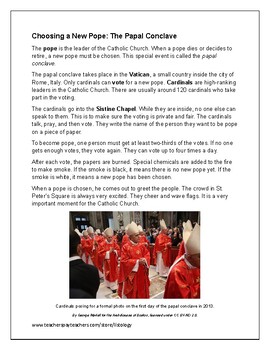
Table of Contents
The History and Evolution of the Papal Conclave
The selection of a new Pope hasn't always been the formalized process we see today. The early methods of papal election were often tumultuous, influenced heavily by political maneuvering and factionalism within the Church. Initially, the process lacked clear rules and structure, often leading to prolonged periods of vacancy and even violence. The influence of political powers, particularly secular rulers, was significant in shaping early papal elections, with emperors and kings frequently exerting considerable pressure on the selection process.
Key reforms implemented over the centuries gradually shaped the conclave into the structured process we know today. The introduction of the conclave itself, a period of seclusion for the cardinals, was a significant step towards greater objectivity and reduced external influence.
- Early methods of papal election: Often involved popular acclamation or decisions by powerful factions within the Roman clergy.
- The influence of political powers on papal elections: Emperors and kings frequently intervened, attempting to secure the election of a Pope favorable to their interests.
- Key reforms implemented over the centuries: The establishment of formal rules and procedures, including the conclave itself, aimed to reduce corruption and political interference.
- The role of the College of Cardinals: The College gradually evolved into the sole body responsible for electing the Pope, cementing its central role in the Papal Conclave.
The Role of the College of Cardinals in the Papal Conclave
The College of Cardinals is the body responsible for electing the new Pope. Its composition and the process of Cardinal selection are crucial to understanding the Papal Conclave. Cardinals are appointed by the Pope and are considered the highest-ranking clergy within the Catholic Church.
The College is divided into Cardinal electors (those under 80 years old) and non-elector Cardinals (those over 80). Only Cardinal electors participate in the conclave itself. The importance of the Cardinal's age is paramount; the cutoff of 80 ensures a balance between experience and the potential for a longer papacy. Geographical representation within the College is also a consideration, reflecting the global reach of the Catholic Church.
- Cardinal electors vs. non-elector Cardinals: Only those under 80 are eligible to vote.
- The importance of the Cardinal's age: The 80-year-old cutoff ensures a balance between experience and longevity.
- Geographical representation within the College: The Pope strives for a diverse College reflecting the global Catholic community.
- The pre-conclave preparations and meetings: Before the conclave begins, Cardinals engage in prayer, reflection, and informal discussions.
The Mechanics of the Papal Conclave: Secrecy and Procedures
The Papal Conclave takes place in the Sistine Chapel within the Vatican Palace. The voting process is meticulously detailed, involving secret ballots and requiring a two-thirds majority for election. The rules of secrecy are rigorously enforced to ensure impartiality and prevent external influence. The environment is strictly controlled, with communication with the outside world severely restricted.
- The "Habemus Papam" announcement: The historic announcement from the Sistine Chapel balcony signaling the election of a new Pope.
- The process of electing a new Pope: Involves multiple ballots until a two-thirds majority is achieved.
- The importance of maintaining secrecy during the conclave: Ensures the election is fair and free from external pressure.
- Potential challenges or controversies that might arise: Deadlocks, disagreements, and the complexities of global representation can present challenges.
The Qualities and Expectations of a New Pope
The selection of a new Pope is a complex process involving consideration of various qualities and attributes. Traditional expectations include strong theological expertise and spiritual leadership. However, the modern papacy faces numerous challenges, including social justice issues, ecumenical relations, and the evolving global landscape. Therefore, administrative skills, managerial experience, and a global vision are also crucial.
- Theological expertise and spiritual leadership: A deep understanding of Catholic doctrine and the ability to inspire faith.
- Administrative skills and managerial experience: The ability to manage the vast organization of the Catholic Church.
- Global vision and understanding of diverse cultures: The capacity to lead a globally diverse church.
- Ability to address contemporary challenges: Effectively navigating issues such as social justice, ecumenism, and global politics.
The Impact of the Papal Conclave on the Catholic Church and the World
The Papal Conclave has a profound impact on both the Catholic Church and the wider world. The election of a new Pope shapes Catholic doctrine and practice, influencing liturgical changes, pastoral approaches, and theological emphasis. Moreover, the new Pope plays a significant role in global politics and diplomacy, advocating for peace, social justice, and interfaith dialogue. The media plays a crucial role in covering the conclave, disseminating information to billions worldwide.
- The effect on Catholic doctrine and practice: New theological emphases and pastoral priorities can emerge under a new Pope.
- The influence on global politics and diplomacy: The Pope's pronouncements on international issues carry considerable weight.
- The media's role in covering the conclave: Global media coverage shapes public perception and understanding of the event.
- The expectations and hopes of Catholics worldwide: The conclave generates significant anticipation and hope for the future of the Church.
Conclusion
Understanding the intricacies of the Papal Conclave offers invaluable insight into the leadership structure and future direction of the Catholic Church. From its historical evolution to the meticulous processes involved in selecting the next Pope, this complex ritual holds immense significance for billions of believers worldwide. By understanding the role of the College of Cardinals, the mechanics of the conclave, and the qualities sought in a new Supreme Pontiff, we can better appreciate the gravity and impact of this momentous event. For a deeper understanding of this fascinating process, further research into the history and procedures of the Papal Conclave is highly recommended.

Featured Posts
-
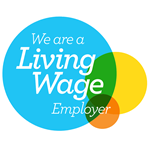 Significant Rise In Dwp Home Visits Impact On Benefit Claimants
May 08, 2025
Significant Rise In Dwp Home Visits Impact On Benefit Claimants
May 08, 2025 -
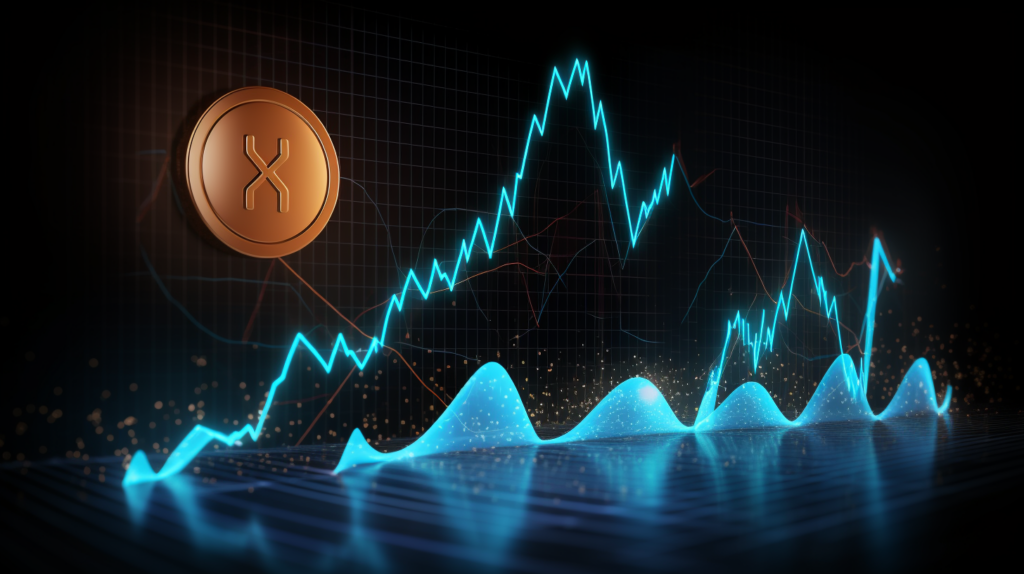 Is Xrps Trading Volume Rise A Sign Of Approaching Etf Approval Solana Lags Behind
May 08, 2025
Is Xrps Trading Volume Rise A Sign Of Approaching Etf Approval Solana Lags Behind
May 08, 2025 -
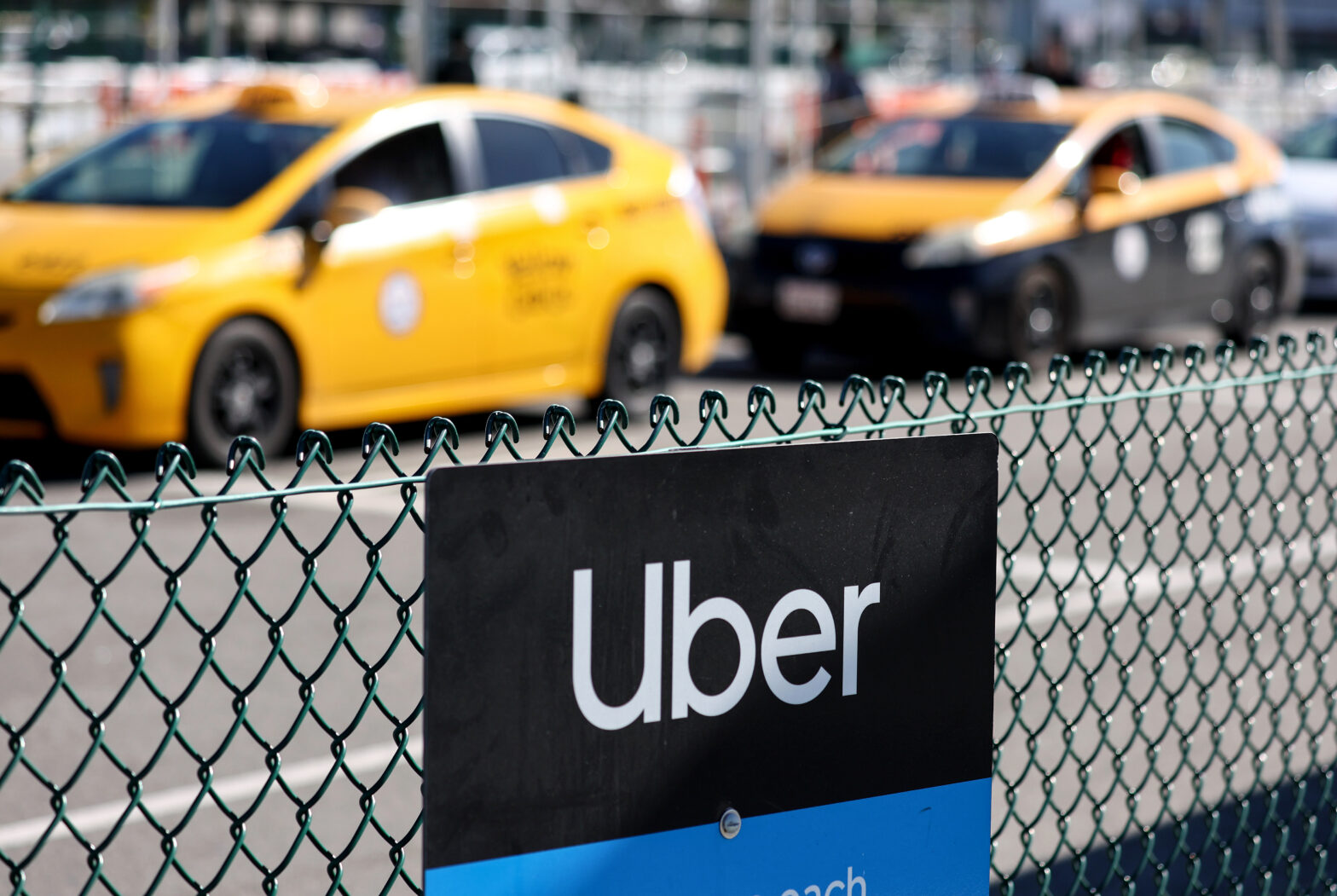 Affordable United Center Transportation New 5 Uber Shuttle
May 08, 2025
Affordable United Center Transportation New 5 Uber Shuttle
May 08, 2025 -
 De Andre Jordan I Nikola Jokic Objasnjenje Za Trostruki Poljubac
May 08, 2025
De Andre Jordan I Nikola Jokic Objasnjenje Za Trostruki Poljubac
May 08, 2025 -
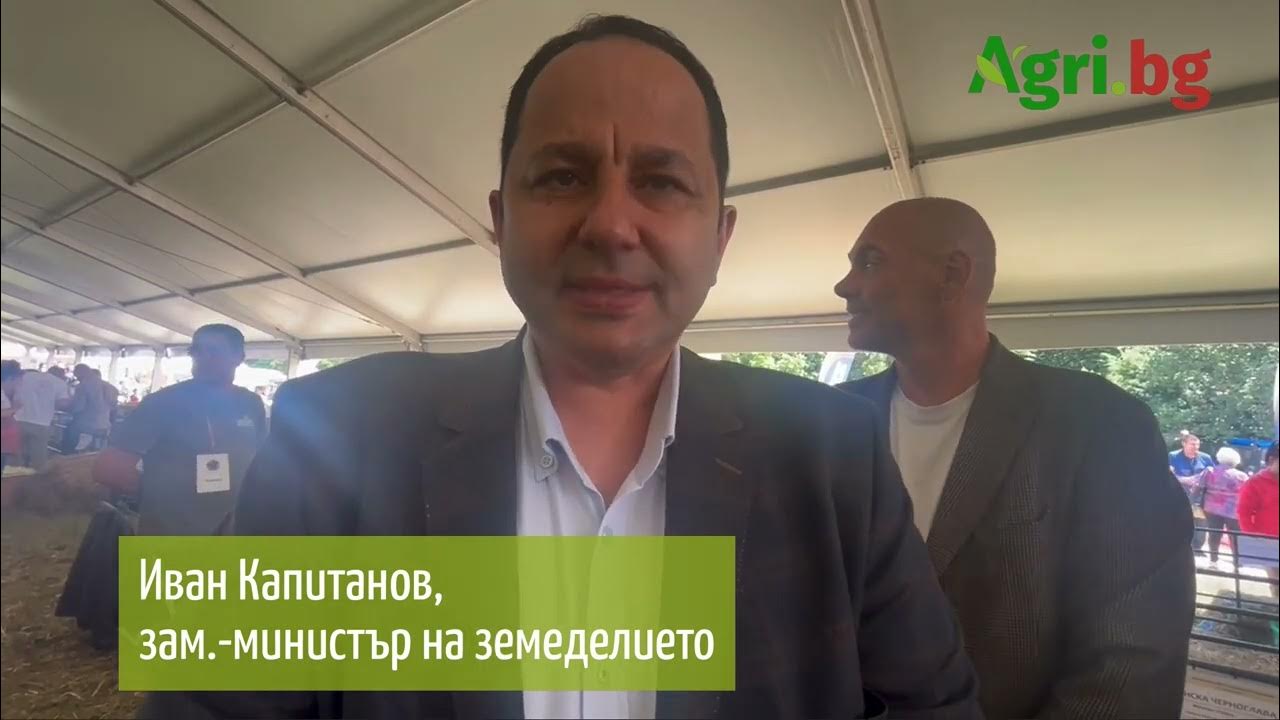 Zenit Predlagaet Zhersonu Kontrakt Na E500 000 Zayavlenie Zhurnalista
May 08, 2025
Zenit Predlagaet Zhersonu Kontrakt Na E500 000 Zayavlenie Zhurnalista
May 08, 2025
